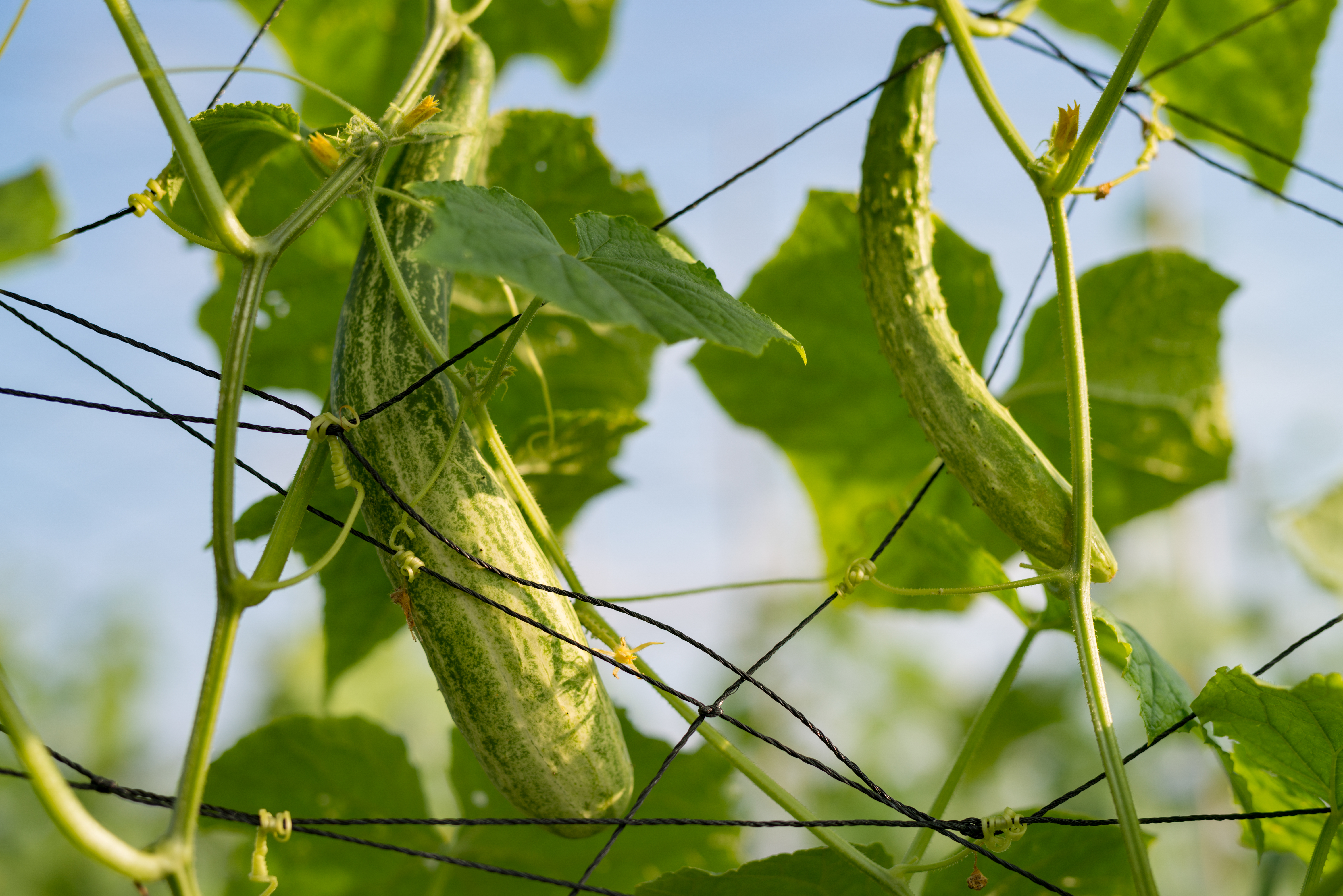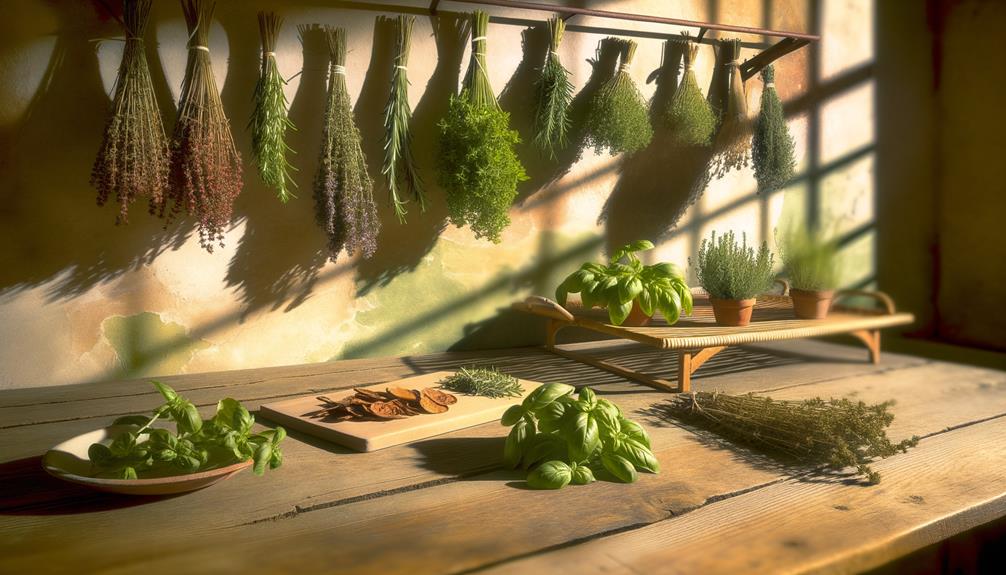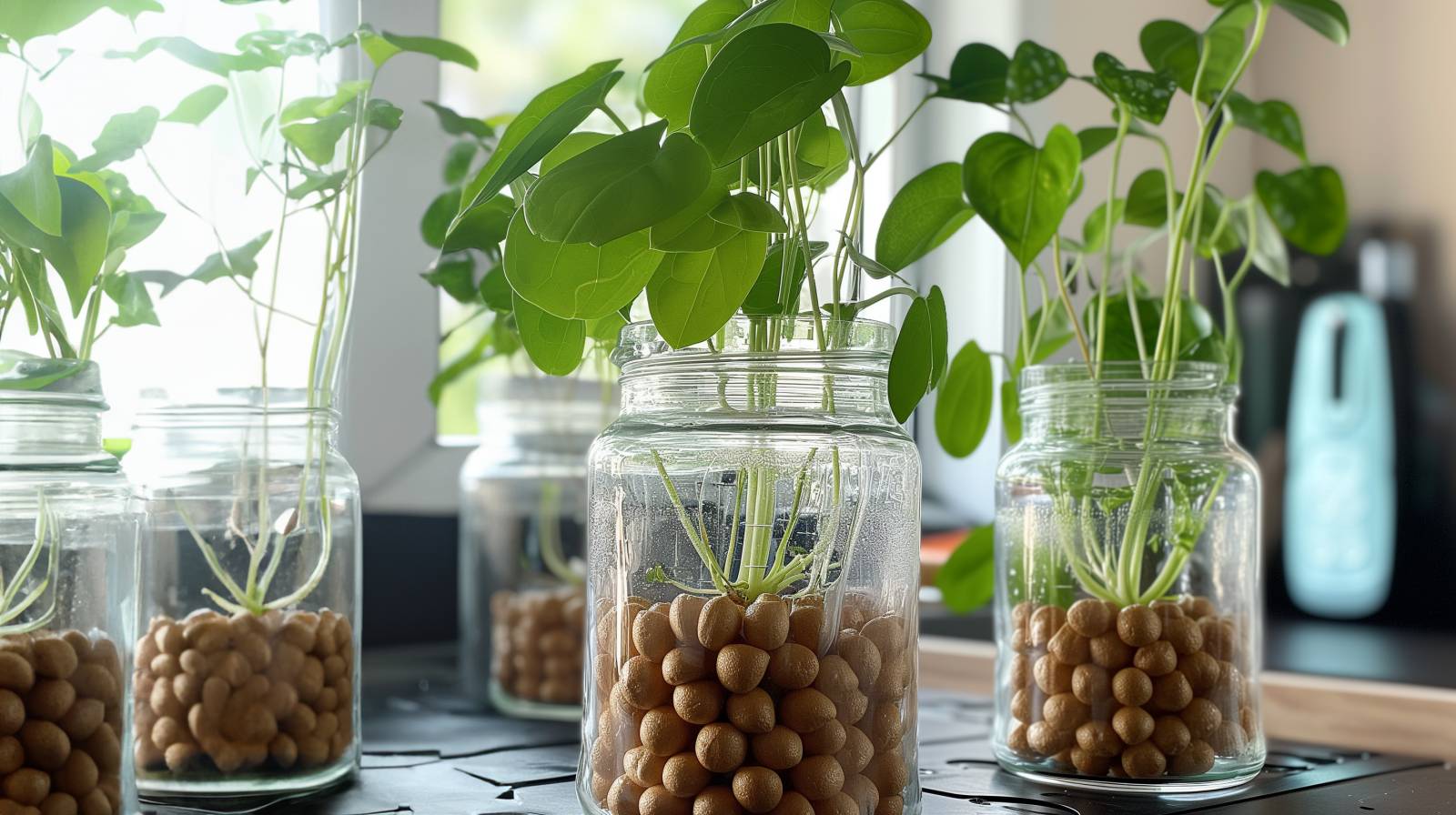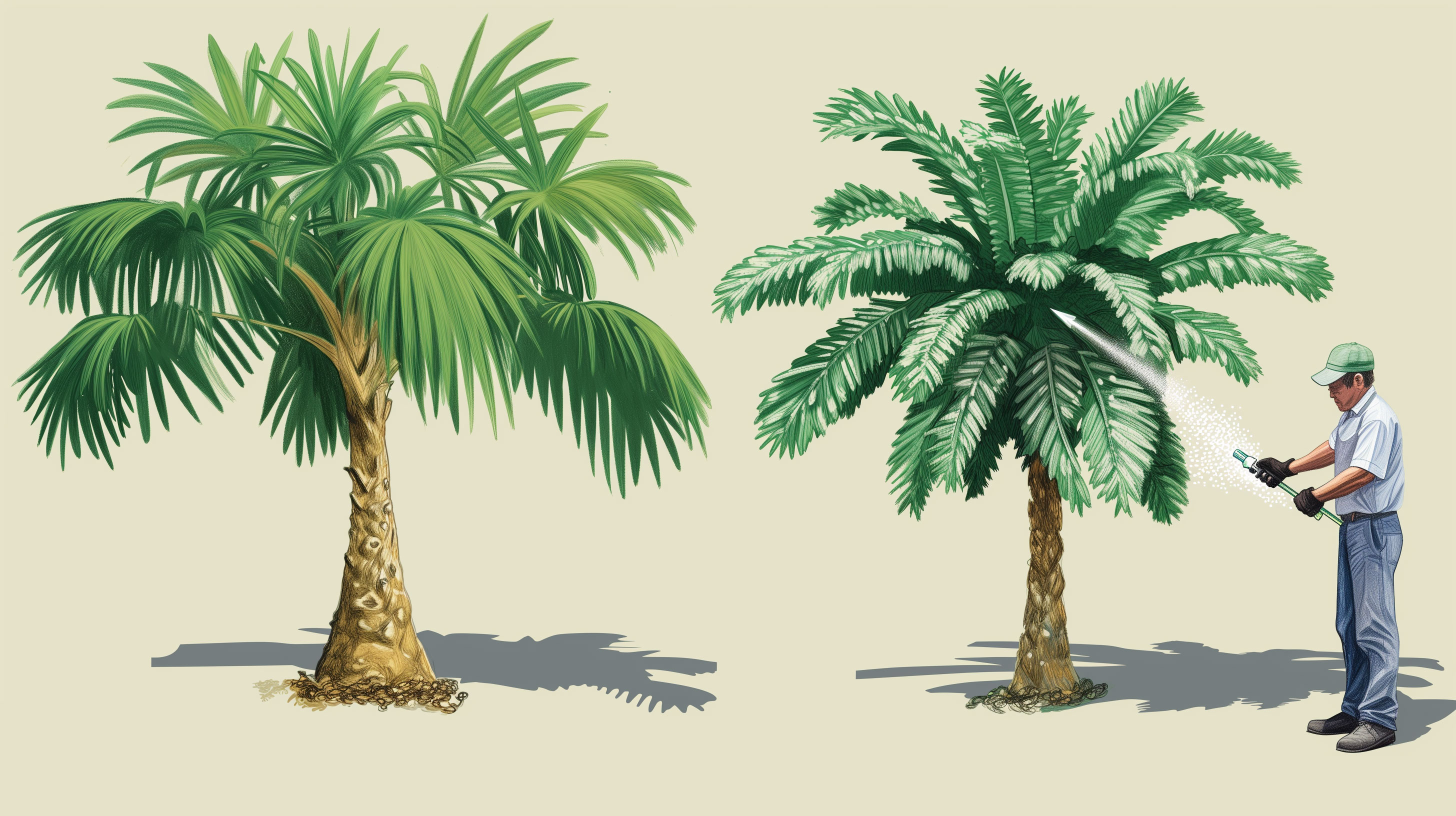Vertical gardening is a space-saving and visually appealing way to grow vegetables. In this all-inclusive guide, we’ll delve into 10 vegetables that thrive when grown vertically in the Southern Hemisphere, along with crucial information about their growth requirements, seasonality, and ideal companion plants.
Table of Contents
Toggle1. Peas
Peas love full sun and need a trellis facing north or south for even sunlight exposure. Plant them about 2-3 inches apart in well-draining soil. Peas flourish in cooler seasons, making early autumn or spring the perfect planting times. Ideal companion plants include carrots, radishes, and lettuce. Peas are a natural fit for vertical gardens, as their tendrils readily seek out and climb any available support.
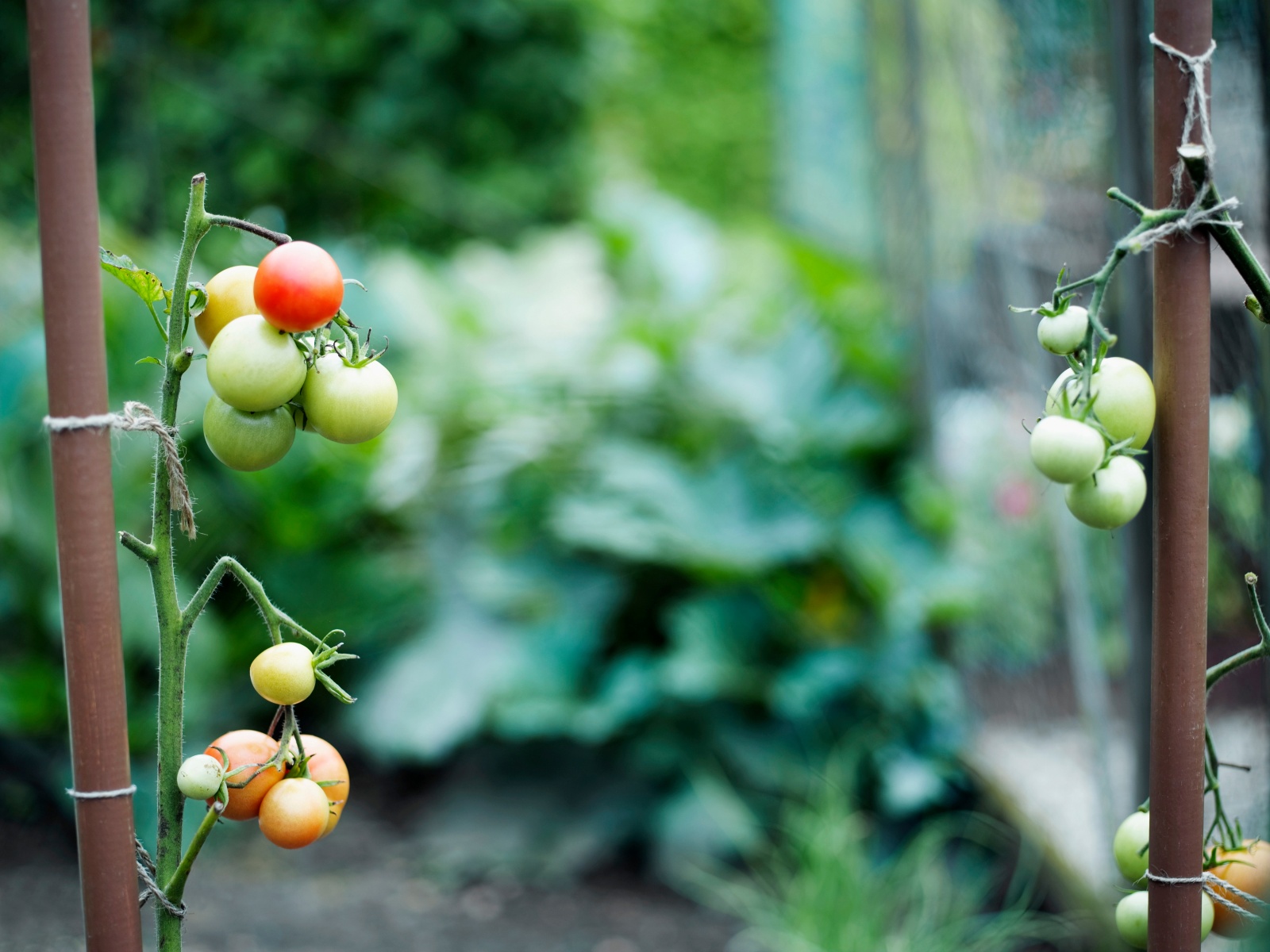
2. Tomatoes
These sun-loving plants require at least 6-8 hours of daily sunlight. Position the trellis facing east or west to ensure sufficient light exposure. Provide 18-24 inches of space between plants, depending on the variety. Plant tomatoes in early autumn, and grow them alongside basil, parsley, or marigolds for the best results. Indeterminate tomato varieties, which can grow over 10 feet tall, benefit greatly from vertical gardening. Supporting these plants with a trellis minimizes soil-borne diseases and prevents stem breakage from heavy fruits or wind.
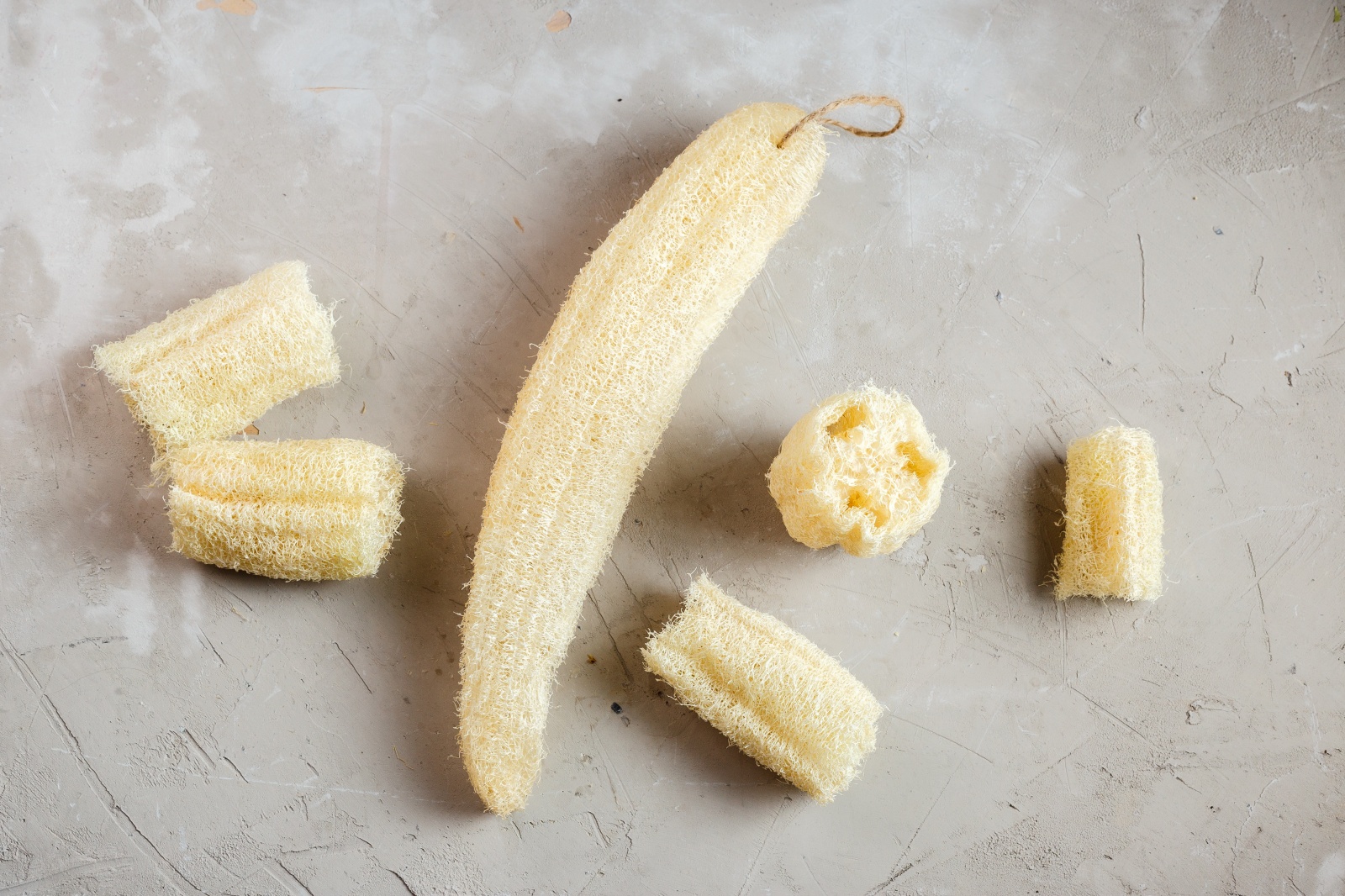
3. Loofah
Loofahs need full sun and an east or west-facing trellis for optimal sunlight. Space plants at least 2 feet apart and plant them in early autumn or late summer. Loofahs grow well with corn, sunflowers, and nasturtiums as companion plants. This vigorous climber requires a large trellis to accommodate its growth. Growing loofah vertically encourages long, straight fruits and helps keep them off the ground.
4. Melons
Melons thrive in full sun and require a north to south-facing trellis. Allow at least 2-3 feet between plants for proper airflow. Plant melons in early autumn or late summer, and grow them with companion plants like corn, sunflowers, or beans. When grown vertically, melons are less prone to pests and diseases. However, larger varieties like watermelons need additional support throughout their growth. Climbing melons may require assistance wrapping their vines around a trellis.
5. Tomatillos and Ground Cherries
These plants need full sun and an east or west-facing trellis for the best sunlight exposure. Space plants 2-3 feet apart, and plant them in early autumn or late summer. Tomatillos and ground cherries grow well alongside basil, marigolds, and nasturtiums. These sprawling plants benefit from vertical support, which prevents branch breakage and keeps fruit away from pests. They will need help climbing the trellis, but the resulting ease in harvesting makes it worthwhile.
6. Pole Beans
Pole beans need full sun, and their trellis should face north to south to ensure equal light exposure. Space plants at least 6-8 inches apart, and plant them in early autumn or late summer. Pole beans grow well with corn, squash, and sunflowers as companion plants. Pole beans, such as yard-long beans, can reach heights of six feet or more, making them ideal candidates for vertical gardens. Growing beans vertically deters pests and facilitates harvesting as the beans hang down within reach.

7. Malabar Spinach
This fast-growing vine flourishes in full sun or partial shade. Position the trellis facing east or west for optimal light exposure. Space plants at least 12 inches apart and plant them in early autumn or late summer. Malabar spinach grows well with beans, tomatoes, or peppers as companion plants. This vigorous climber can reach lengths of 10 to 20 feet or more, making it perfect for vertical gardens. Once the vines find the trellis, they will climb on their own, creating a lush green wall in your garden.
8. Cucumbers
Cucumbers need full sun and a trellis facing north or south. Provide at least 12-18 inches of space between plants, and plant them in early autumn or late summer. Cucumbers grow well with beans, corn, or sunflowers as companion plants. Armenian cucumbers and other varieties thrive when grown vertically, leading to healthier, straighter fruits that are easier to harvest. Guiding the cucumber vines through the trellis helps them climb, and proper trellising prevents the plants from overtaking a raised bed.
9. Cucamelons
These sun-loving plants require a trellis facing north or south for maximum sunlight. Space cucamelon plants at least 12 inches apart, and plant them in early autumn or late summer. Ideal companion plants include beans, peas, or lettuce. When grown vertically, cucamelon vines easily find and climb the trellis, making it simpler to see and harvest the tiny fruits. Without vertical support, the vines can become an entangled mass, making harvesting difficult.
10. Winter Squash
Winter squash plants need full sun, with the trellis facing north or south for the best light exposure. Space plants at least 2-3 feet apart, and plant them in early autumn or late summer. Winter squash grows well with corn, beans, or marigolds as companion plants. Most winter squash varieties have extensive vines that can quickly take over a garden, so growing them vertically keeps the plants off the ground and provides ample room to grow. A large, sturdy trellis is essential, and you may need to help the vines weave in and out of the trellis. For larger varieties like pumpkins, additional support is necessary when grown vertically.
Vertical gardening is a rewarding and space-saving technique that allows you to grow an abundance of vegetables in a limited area. With these 10 climbing vegetables and their specific growth requirements in mind, you can create a thriving, visually appealing, and productive vertical garden in the Southern Hemisphere.

